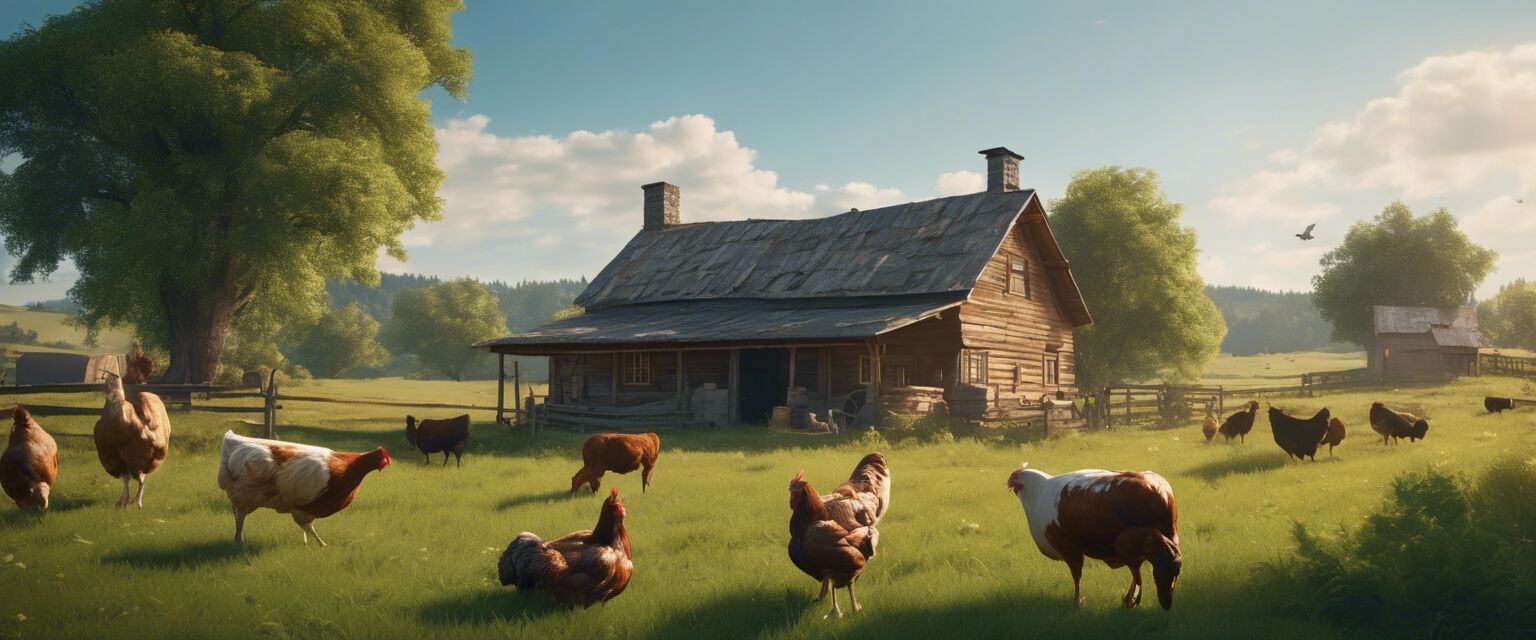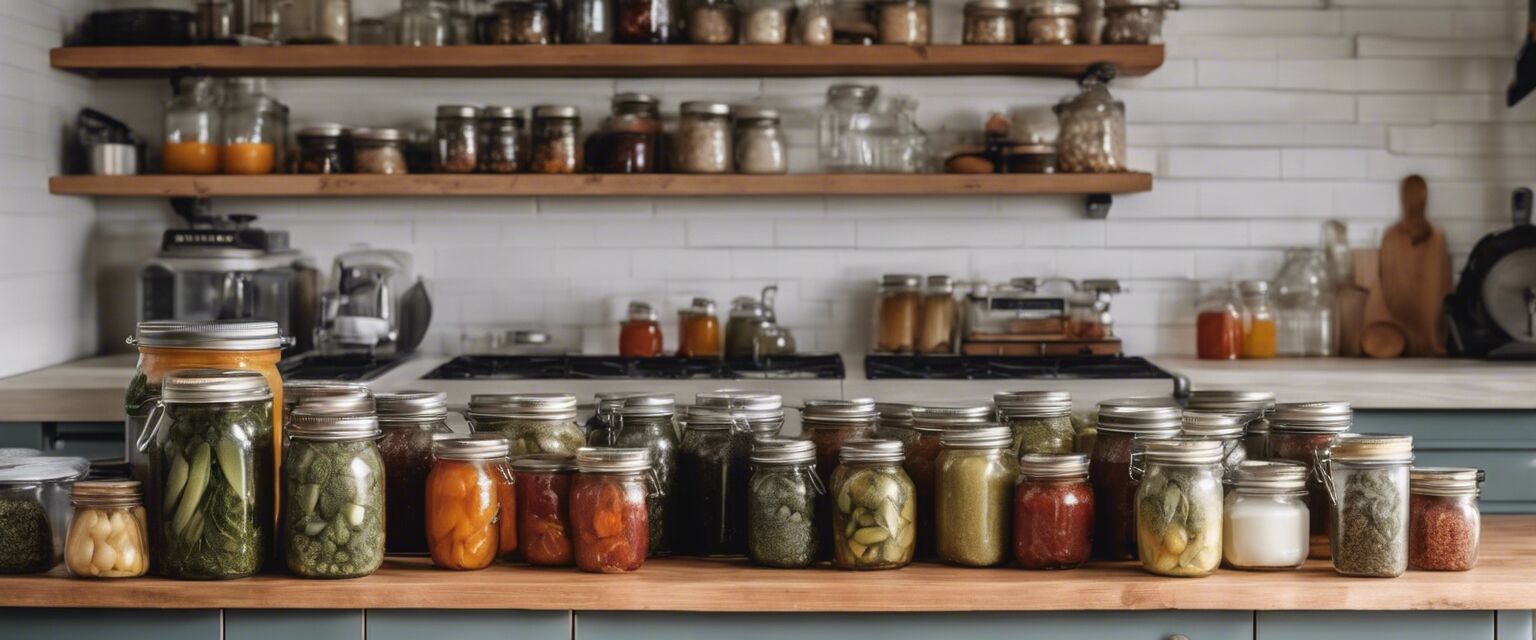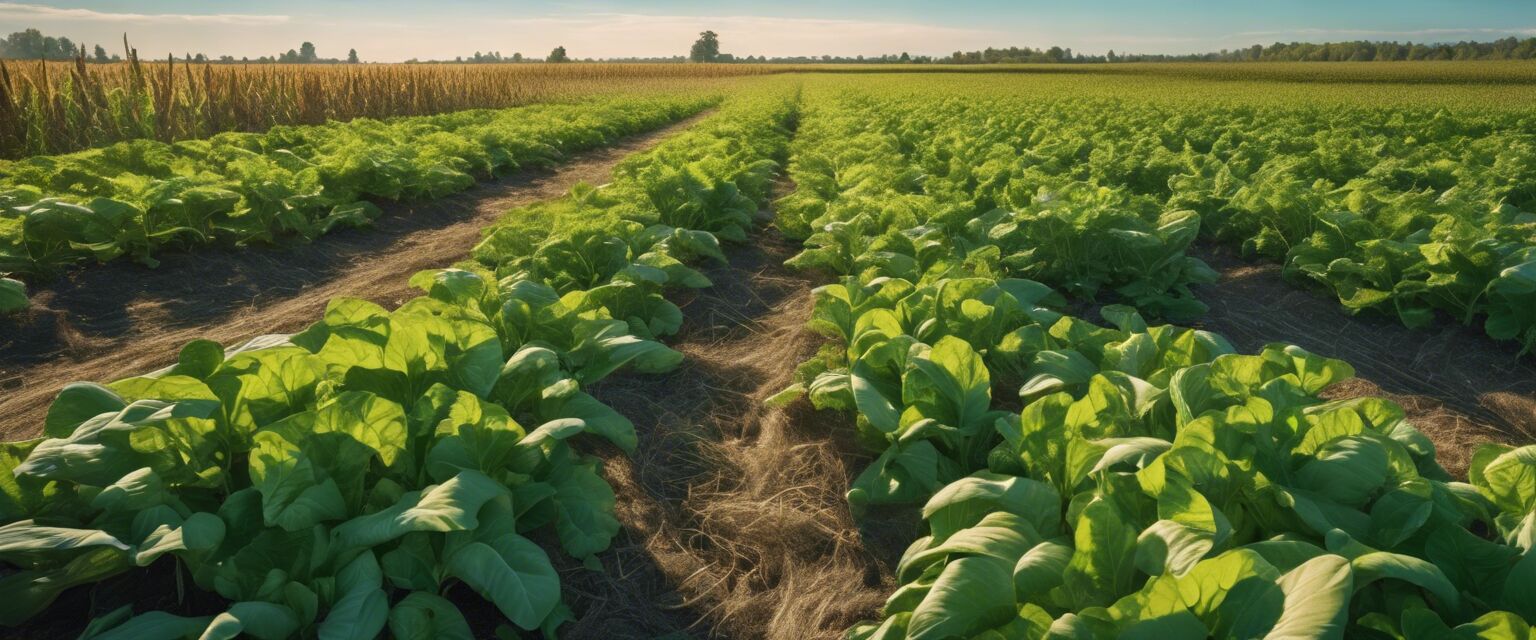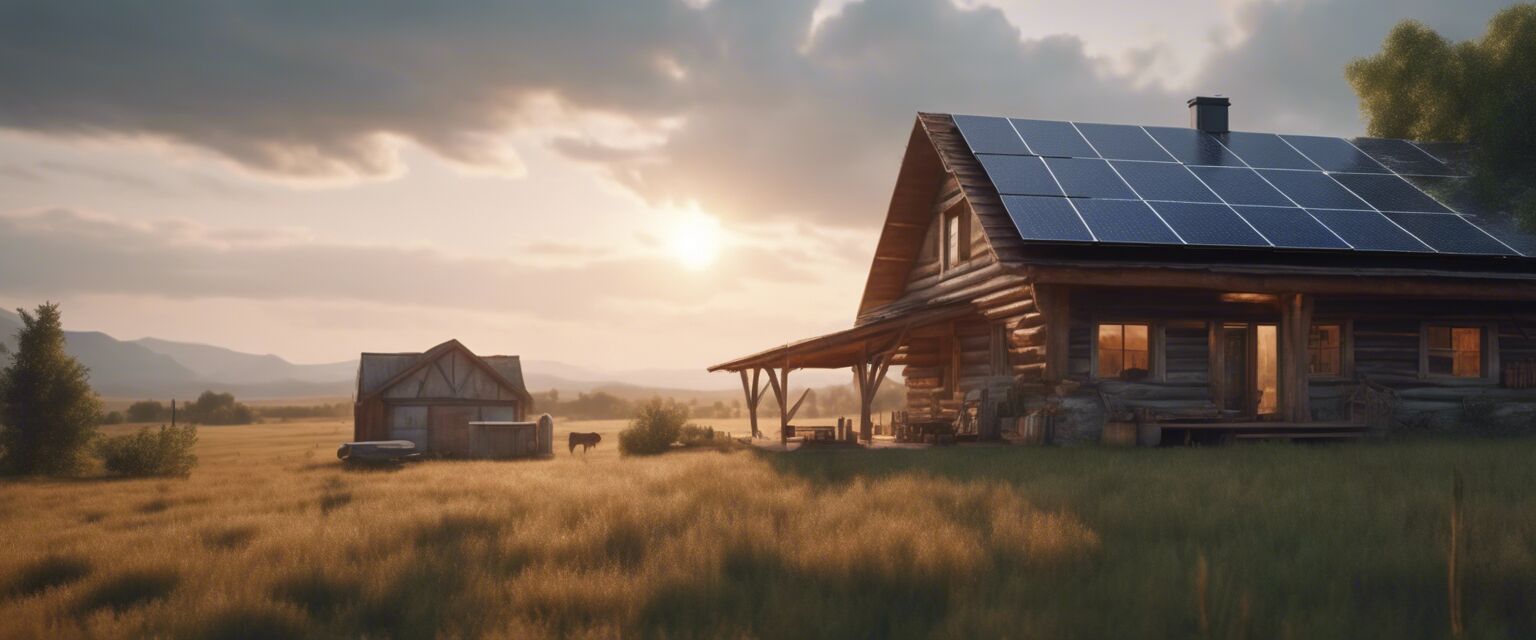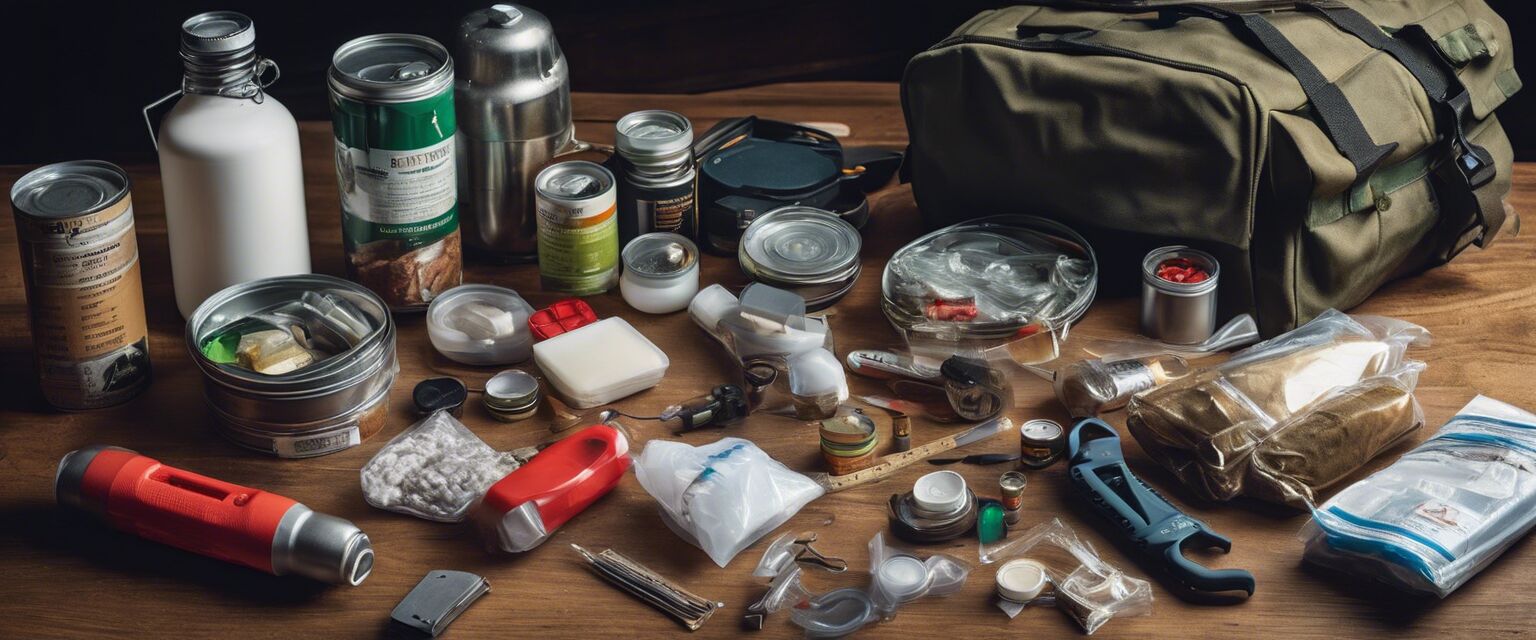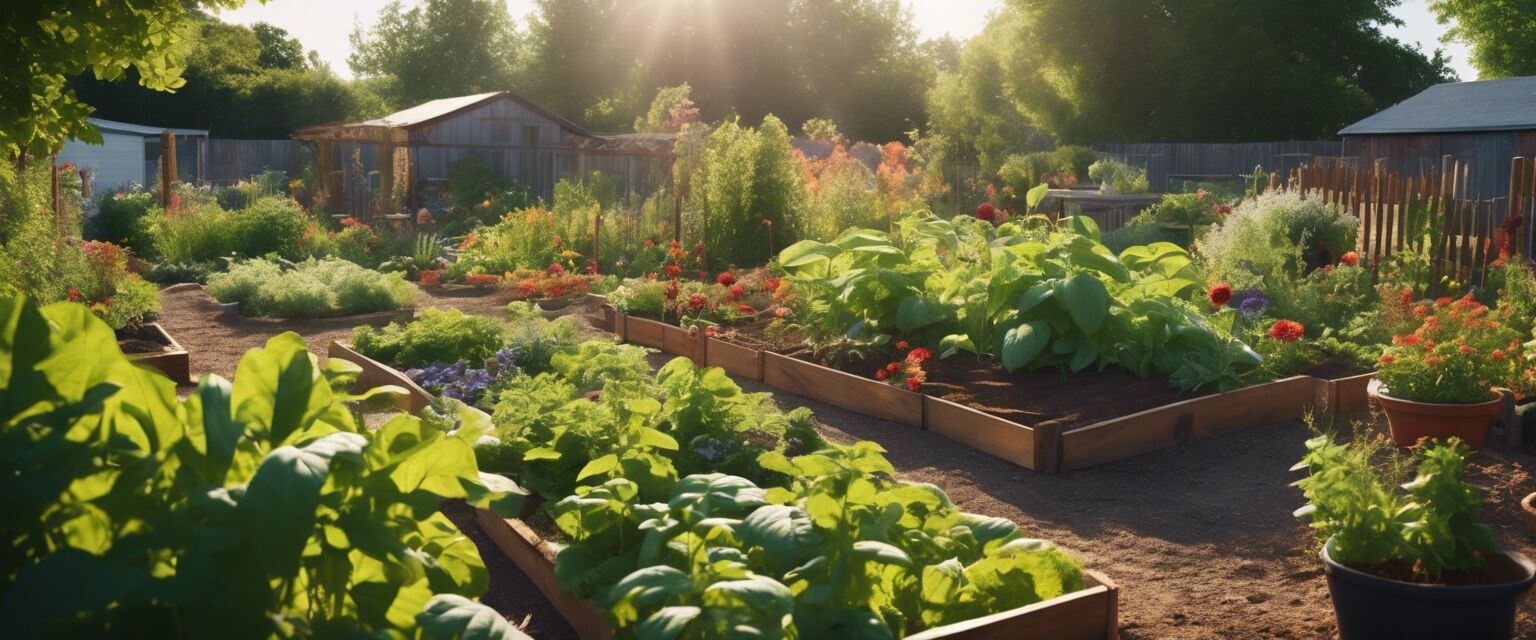
Homestead Setup
Key Takeaways
- Choosing the right land is crucial for a successful homestead.
- Initial setups include shelter, water, and food sources.
- Understanding local regulations and resources can enhance your setup.
- Utilizing sustainable practices ensures long-term viability.
Setting up a survival homestead can seem daunting, but with the right guidance, you can create a sustainable living environment that supports your needs. This guide will walk you through essential steps including land selection, initial setups, and more.
1. Choosing the Right Land
The first step in your homestead setup is selecting the right piece of land. Here are some important factors to consider:
| Factor | Description |
|---|---|
| Location | Proximity to resources like water, wood, and markets. |
| Soil Quality | Essential for gardening; test the soil for nutrients and drainage. |
| Climate | Choose an area that suits the crops and livestock you plan to have. |
| Accessibility | Ensure you can access your property year-round. |
Land Regulations
Before purchasing land, investigate local zoning laws and regulations. Ensure that you can legally build and farm on the land. This could include checking:
- Building codes
- Land use restrictions
- Water rights
2. Initial Setups
Once you've secured your land, it's time to start setting up your homestead. Here are the essential components:
Shelter
Your shelter is the first structure to consider. Options include:
- Cabins
- Yurts
- Mobile homes

Water Supply
Access to clean water is vital. Consider these options:
- Wells
- Rainwater harvesting systems
- Nearby water bodies
Food Sources
Establishing a reliable food source is critical. Here are some ways to ensure you can feed your family:
- Gardening
- Livestock
- Canning and preserving food
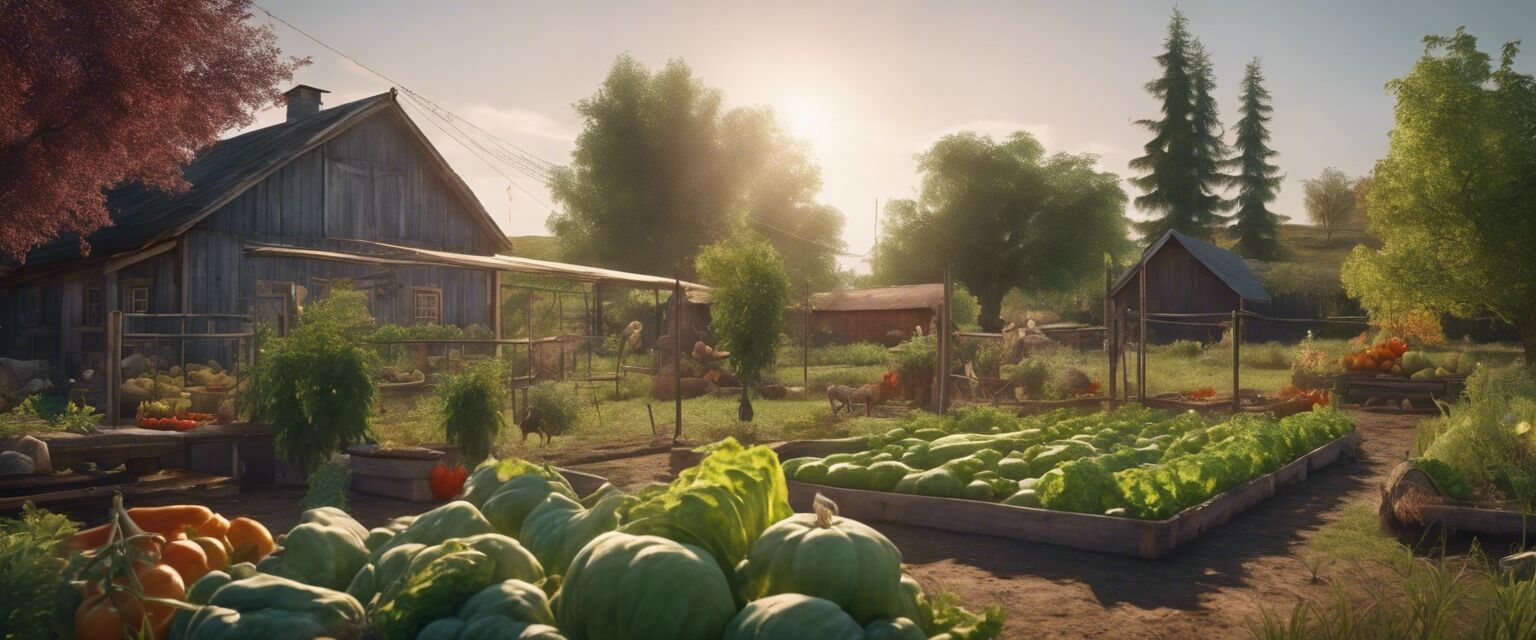
3. Sustainable Practices
Implementing sustainable practices will help ensure your homestead thrives in the long term. Consider the following:
| Practice | Benefits |
|---|---|
| Composting | Reduces waste and enriches soil. |
| Crop Rotation | Maintains soil fertility and reduces pests. |
| Permaculture | Creates a self-sustaining ecosystem. |
| Renewable Energy | Reduces reliance on non-renewable resources. |
4. Community and Resources
Connecting with local communities can provide valuable resources and support. Look for:
- Homesteading workshops
- Local farmerâs markets
- Online forums for homesteaders

5. Challenges to Expect
Setting up a homestead comes with its challenges. Be prepared for:
- Initial costs for setup and materials
- Time commitment for maintenance
- Learning curve for new skills
Pros
- Self-sufficiency
- Connection to nature
- Healthier lifestyle
Cons
- High initial investment
- Requires hard work and dedication
- Possible isolation from urban amenities
Conclusion
Setting up a homestead is an enriching endeavor that offers numerous benefits. By carefully selecting your land, establishing essential structures, and implementing sustainable practices, you can create a thriving environment that promotes independence and self-sufficiency.
For more information on specific tools and materials to aid in your homestead journey, explore our sections on Canning Supplies, DIY Shelter Materials, Emergency Kits, Gardening Tools, and Solar Energy Systems.


